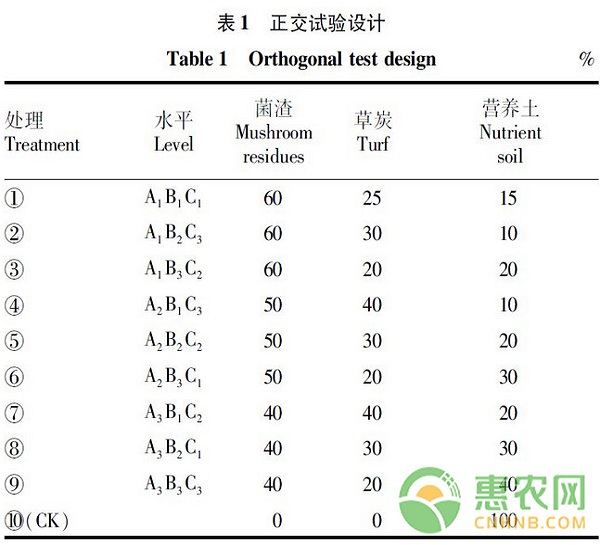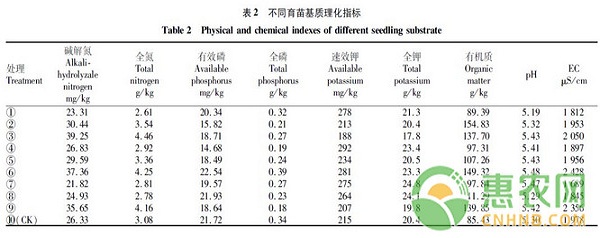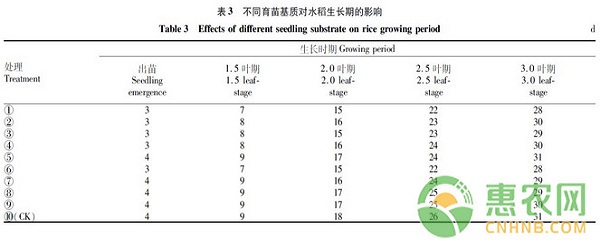Today, I mainly talked about the effect of Agaricus bisporus on the growth and development of rice seedlings. If you are interested in this agricultural technology, you can come to Huinong.com to learn more.
Heilongjiang Province has a superior natural environment, and the edible fungi produced can reach the standards of green and organic food. The development of the edible fungus industry is in line with the important measures taken by the Heilongjiang Provincial Party Committee and the provincial government to transform the green food strategy into a “green granary†to a “green kitchenâ€. The slag produced by the cultivation of edible fungi can be effectively used to increase the soil organic matter content, improve the soil physical and chemical properties, and enhance the soil water and fertilizer retention capacity as the seedling substrate is returned to the soil with rice seedling transplanting.
First, the purpose
To study the effects of Agaricus bisporus on the growth and development of rice seedlings, in order to clean and protect the rural environment and increase farmers' income.
Second, the method

Using the orthogonal test design (Table 1), a reasonable formula was selected by the different ratio of Agaricus bisporus slag and nutrient soil and peat in the previous year.
Third, the results
1. Analysis of nutrient composition of seedling substrate
Due to the different ratio of raw materials, the physical and chemical properties of the seedling substrate are also different. The physical and chemical indicators of each treatment are shown in Table 2. The alkali nitrogen content and total nitrogen content of treatment 3 are the highest, and the effective phosphorus and total phosphorus content of treatment 6 are the highest. The content of available potassium was the highest, the total potassium content of treatment 7 was the highest, the organic matter content of treatment 2 was the highest, the pH of each treatment was 5.19-5.48, and the EC of treatment 6 was the highest. The physical and chemical indicators of each substrate treatment reached the standard of rice seedling substrate.

2. Effects of different substrate treatments on rice growth period
It can be seen from Table 3 that rice emergence is generally faster, and seedlings are produced around 4 days. The overall growth rate of each treatment was from treatment to treatment 6, treatment 1, treatment 3, treatment 7, treatment 8, treatment 4, treatment 9, treatment 5, and control. The quick emergence of seedlings was treatment 6 and treatment 1, and reached 3.0 leaf stage when grown to 28 d. The difference between other treatments and these two treatments was more obvious, and the growth was slower.

3. Effects of different substrate treatments on the quality of rice seedlings
The results showed that (Table 4), compared with other treatments, treatment 6 can significantly increase the root length of rice seedlings, promote the ratio of root to shoot, and increase the fresh weight of seedlings. Compared with the control, the treatment height of the 6 plants decreased by 6.04%, the root length increased by 44.81%, the fresh weight increased by 33.11%, and the dry weight increased by 24.42%. Compared with other treatments, the rice seedlings of the treated 6 reached the seedling index. Significant level.

4. Control effect of different substrate treatment on seedling disease
The seedling substrate has the effect of reducing seedling disease. The test results show that the rice seedlings cultivated by the treatment of the matrix formula are robust, stems thick, green leaves, plants are elastic, the roots are developed, long and white, and the disease resistance is strong. The incidence of blight was significantly reduced (Table 5). Compared with the control, the incidence of treatment 6 reached a significant level, and the incidence decreased by 88.89%.

Third, the conclusion
The use of Agaricus bisporus slag as a seedling substrate is more conducive to the growth and development of rice seedlings. It can significantly reduce plant height, increase root length, and increase fresh weight and dry weight. 50% slag + 20% peat + 30% nutrient soil treatment is suitable as a substrate for rice seedlings, which can replace traditional soil seedlings.
Seasoned Clam,Seasoned Clam Meat,Fresh Necked Clam,Spicy Clam Meat
DALIAN HAIBAO FOODS CO., LTD. , https://www.haibaoseafoods.com